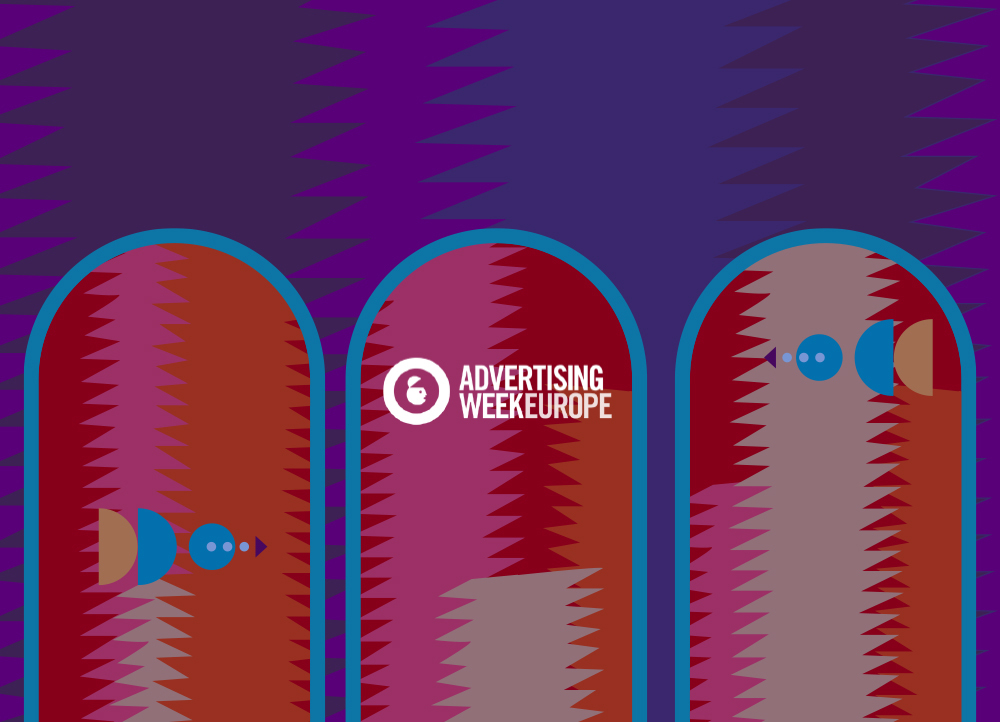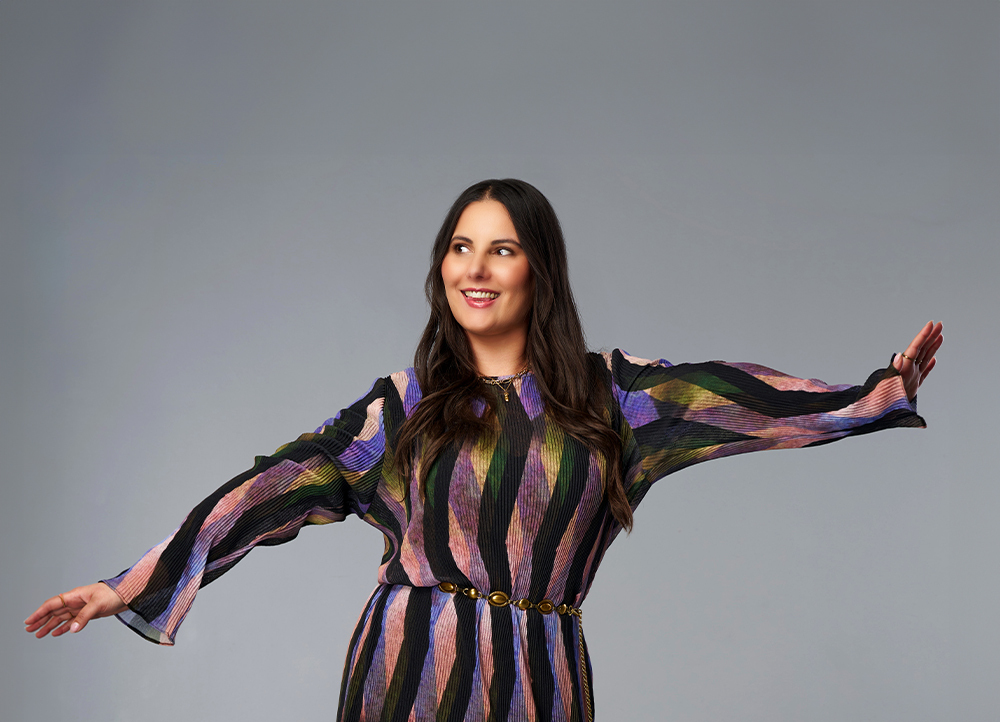What’s the connection between NFTs, Weetabix, and Doppelgangers? We’ll get to that later. Yesterday was the Marketing Society Scotland’s Digital Day – a day dedicated to listening to a variety of industry leaders share their view on where we are and where we’re going with digital. As well as what it all means for marketers. From APAC’s accelerating AI market and global automation biases, to algorithmic networks and the power of fake news, the day didn’t shy away from big industry questions. The best part? It was an IRL event – a treat of the times.
The speakers all shared similar opinions on the future of digital and how we, as marketers, can realise success. Zoe Scaman unpicking the value (and potential peril) of NFTs and the future of digital ownership – or ‘headless brands’ – was at one end of future innovation. The end that poor Marty Mcfly could never have predicted (though hoverboards are arguably still more exciting to many, me included). But a topic that came up time and again over the course of our day was the key to creative success. Spoiler alert – collaborating with customers before getting started is the answer.
Looking at what audiences think of what’s already out there.
We got to hear from Gareth Turner, head of marketing for Weetabix who led his team to break the internet with the ‘Beanz on Bix’ campaign of 2021. How’s that for a CV. Gareth took us through his team’s strategic process that arrived at this case study in “brand-ter” and virality. It became clear that user generated content, UGC, played a huge role in actually arriving at the idea. In 2020, a date-night recipe for Weetabix-breaded-chicken became a cereal offense online – creating a decent buzz of PR and earning media hype as the internet debated. Taking this to the next level seemed like a brave but viable strategy, and thus ‘Beanz on Bix’ was born. I don’t think anyone could have predicted the scale of this campaign’s success. Certainly a ‘once in a career’ moment according to Gareth for his team and that of Frank PR.
But there are two important factors at play in this idea that we can learn from and carry forward in creative ideation. Firstly, looking at what audiences think of what’s already out there. Listening to the reception of existing brand work, and also just existing brand conversation, will be your best indication of where interesting ideas lie. The second factor: involve your audience. Aside from involving multiple brands in the Twitter campaign, 37K people retweeted the original tweet, and 68K people quoted it. The campaign was intended to be divisive and engage users in debate, and that’s how Weetabix achieved over 1.3 billion impressions, and a 15% growth in spontaneous awareness. Stay tuned in for Weetabix’s next marketing move as masters of penetrating brand salience. But keep them away from your breakfast.
Fandom = community x autonomy x equity
Later in the day we heard from Zoe Scaman, founder of Bodacious and with a bounty of knowledge on the future of the fandom economy. Zoe unpicked the difference between social graph algorithms (e.g., Facebook, where your feed is informed by your connections and their interests), and algorithmic interest networks (e.g., TikTok, which is based on your interests alone). She then described the future of fandom as one dedicated to interest-based networks and niche spaces.
The core of what Zoe spoke to lies in a neat equation: fandom = community X autonomy X equity. Simply put, you need a community of engaged users (rather than a broadcast mechanism like many social outlets), plus user control and user return to create future-proof value for digital experiences. Tethering this, then, to creative outputs we can look to brands like Wattpad for best practice. What started essentially as a fan-fiction forum has become a platform for writers to publish and for a community of readers to up and down-vote their favourite stories. The best outcome for popular stories? A modest Netflix deal, no biggy.
And at the other end of leading digital technologies, Zoe spoke to RTFKT and Nike’s CryptoKicks. A blockchain-based sneaker where users already rooted in sneaker subculture can purchase NFT sneakers, along with customizable skins, and thus give them a fixed value in the metaverse. In both cases of what Zoe spoke to, the excitement for users is the contribution to the creative process. With Wattpad, IP development is democratized entirely with 15-year-olds becoming film writers in the process. And while Nike may be in their infancy of digital fashion, they fundamentally understand the value of customer involvement in the creative process.
Use existing audience engagement to inform the next creative idea
Our closing speaker for the day was the famous (or infamous) Oobah Butler who went ‘viral’ when he succeeded in getting his Shed at Dulwich to #1 on Trip Advisor’s top rated restaurants in London. Without ever opening a restaurant. Oobah’s journalistic style is built on challenging social conventions. And the pandemic was no different. After sending doubles of himself to interviews across the globe, Oobah created an app to offer the same opportunity to others via a form-fill to ‘apply for a lookalike’. He had an overwhelming response from his audience. He selected one person to facilitate this for – sending a hotter, more successful, but fake version of Stephen, to his high school reunion. And at the end of the experience, Oobah made a film about it. While his film-making experience is certainly at the more entertaining and comedic end of the spectrum, the learning here was the same. Oobah’s audience resonated with his own lookalike stunts, which became the groundwork for his next film, and he reached out to his audience again to develop the right story for the film. This film now has over 8M YouTube views, and Oobah’s ‘out the box’ way of thinking continues to make him a living. Encouraging marketers to think outside the box, and use existing audience engagement to inform the next creative idea, Oobah left us all feeling inspired, if a little sceptical if it was in fact him…
Engage with audiences before the ideation begins.
All in all, a huge thanks to The Marketing Society Scotland for running an IRL event, getting creative juices flowing, and honing out-of-practice networking skills. Collaborating with audiences continued to shine through as a core route to creative success in the digital world. Whether looking to the resonance of past campaigns or creating experiences in partnership with customers, the campaigns with best success are born from engaging with audiences before ideation begins.
At Always Be Content we put ourselves in the shoes of our customers and look to engage them early on before we put pen to paper. The end result – creative experiences, informed by audiences, that resonate and deliver. Let’s get cracking.
Share to and tag us @alwaysbecontent








